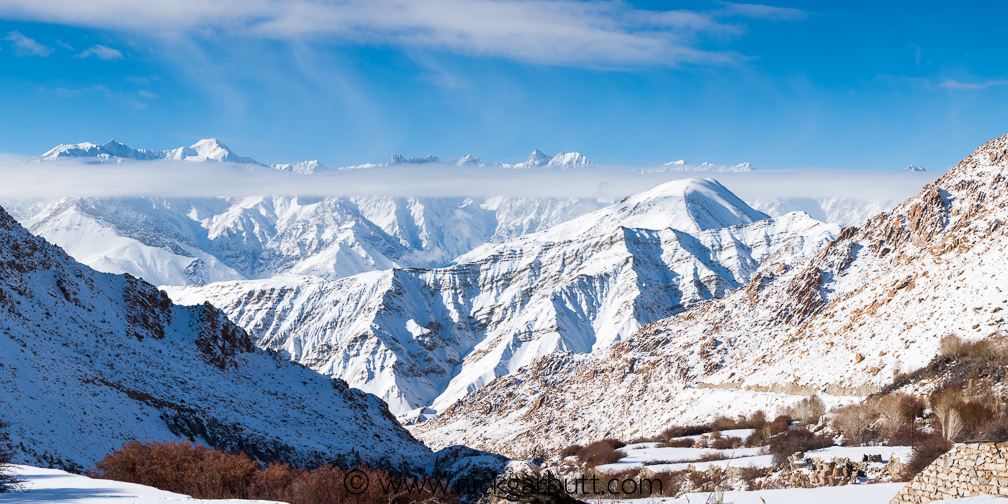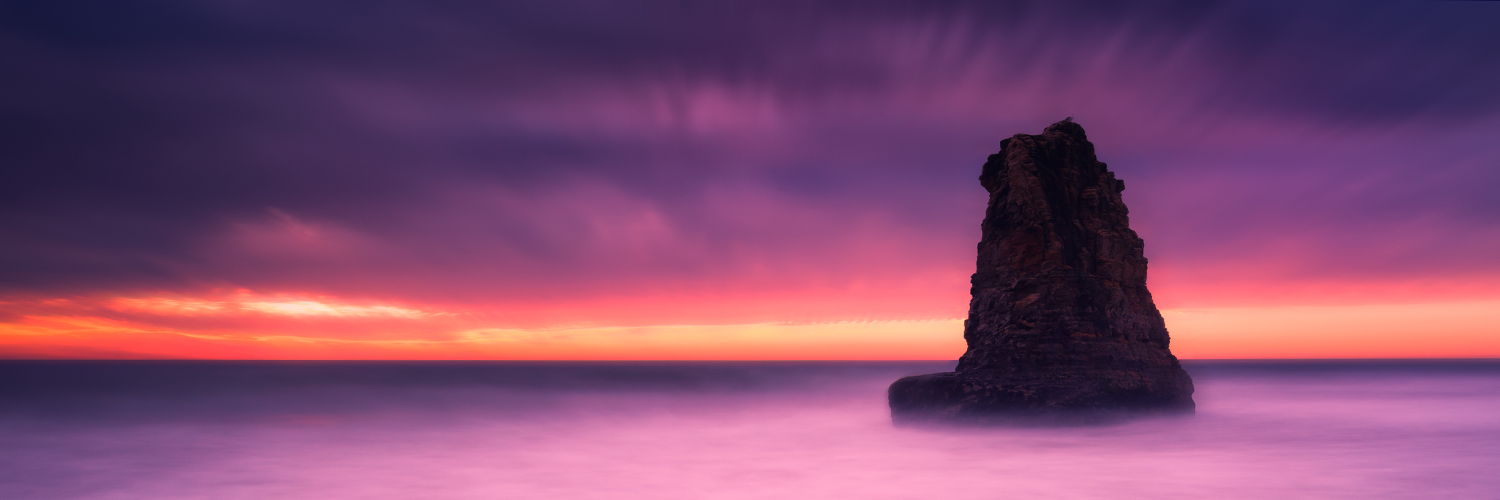Finding Places to Photograph Birds by Cheryl Opperman
Birding is one of the world’s most popular hobbies. In fact, there are almost twice as many birders in America than golfers. Capturing these feathered creatures in a photograph, however, can prove to be quite challenging. With some simple research and preparation, the chances of coming home with spectacular bird images greatly improves.
Some basic things to consider before venturing out include:
- Find locations where birds are accustom to people or use blinds to conceal your presence (some helpful tips are included below).
- Plan trips during seasonal migrations.
- Pay attention to plumage. Birds molt and may look better during one time of year than another.
- Use long lenses for more magnification (instead of moving closer and potentially scaring your subject).
- Take advantage of the best light around sunrise and sunset.
- Know your camera equipment in advance of your trip or take a workshop. Be sure to carry a hard copy of your manuals or even better, download a digital version to your phone so you can always look things up on site.
- Use a good quality tripod that is sufficient for the weight of your lens such as the RRS Series 3 Carbon Fiber Tripods (consider the long version for increased height) and a gimbal style head to improve stability.
- Make a shot list of the types of images you would like to capture (behavior, portraits, feather details, motion blurs, etc) to help you anticipate potential opportunities.
- Be patient. You may have incredible luck, but capturing consistently good images takes considerable time and work.
- Respect and protect birds so future generations will have the same opportunities.
Although there are thousands of places to go see birds, some are more conducive to photography than others. Here’s a short list of some favorites:
Sandhill Crane Migration, Nebraska, USA
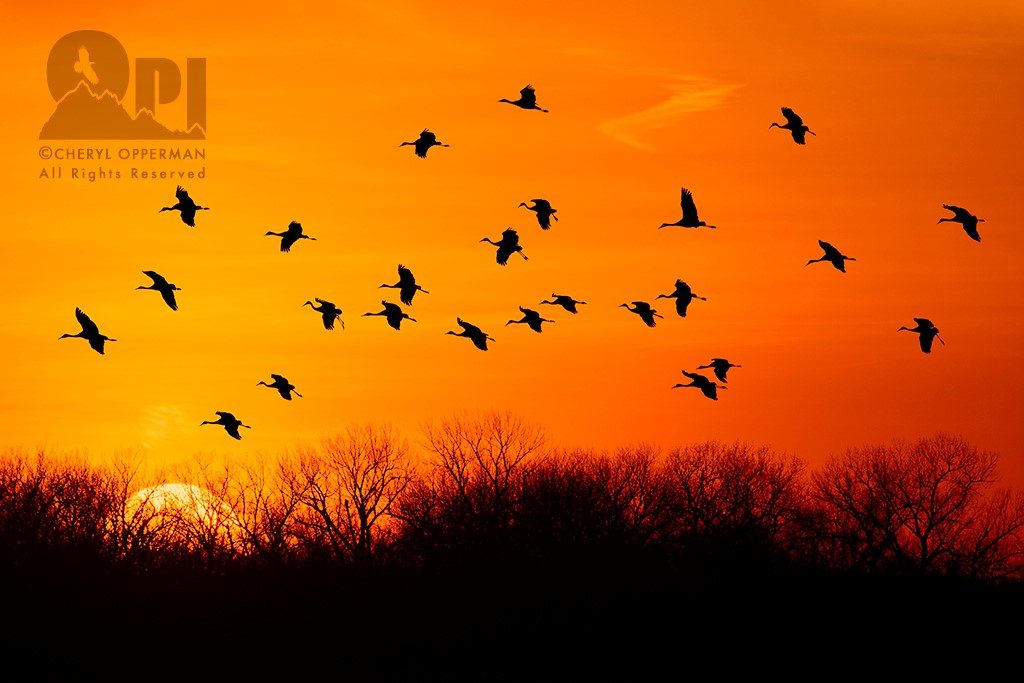
Nebraska is home to one of nature’s oldest and greatest migrations. Over 600,000 Sandhill Cranes visit the central Platte River Valley every March as a stopover on their way to northern nesting grounds.
While it’s possible to capture some beautiful images from county roads, to get a closer view, proximity to the banks of the river is a necessity. River access is the only practical way to capture the cranes’ magnificent dances on water and also provides unforgettable views of their evening return to the roost. The cranes in Nebraska are skittish, so no matter where you choose to photograph, it’s necessary to use some type of blind. Along the roads, simply shooting out of your car window works well. The car acts as a blind and ensures the birds are not frightened by your presence.
To photograph close to the river, the photo programs at the Crane Trust offer unparalleled photographic opportunities on private land. Specially built photo blinds are positioned for the best light with an unobstructed view of the river. The wide expanse of the river provides excellent backgrounds and contains the largest roost in the region. Large viewing windows accommodate the longest lenses and tripod slots allow participants to position their gear through the windows for full panning. Adding a RRS leveling base below your gimbal makes it faster and easier to level the camera for consistently straight horizon lines and flight tracking. Instead of having to adjust each tripod leg independently (which is difficult to do in the dark, in a blind), a leveling base only requires loosening one adjustment knob to level a gimbal head in every direction.
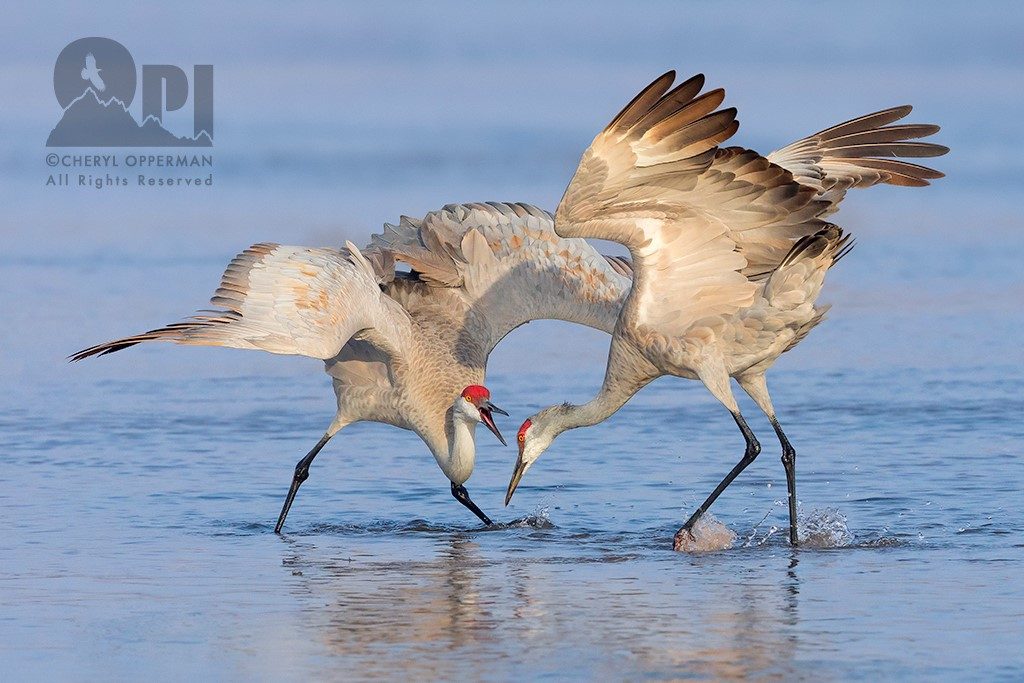
Where to go:
The migration extends along a 70+ mile stretch of the Platte River, but the most popular viewing tends to be between Kearney and Grand Island Nebraska. For blind access and photo programs, visit The Crane Trust, Wood River, Nebraska
When to go:
While the migration can begin as early as February and extend into April, mid to late March historically hosts the highest concentration of birds.
Species:
In addition to sandhill cranes, other species that may be seen or photographed during this time of year include bald eagles, songbirds, ducks, snow geese and pelicans.
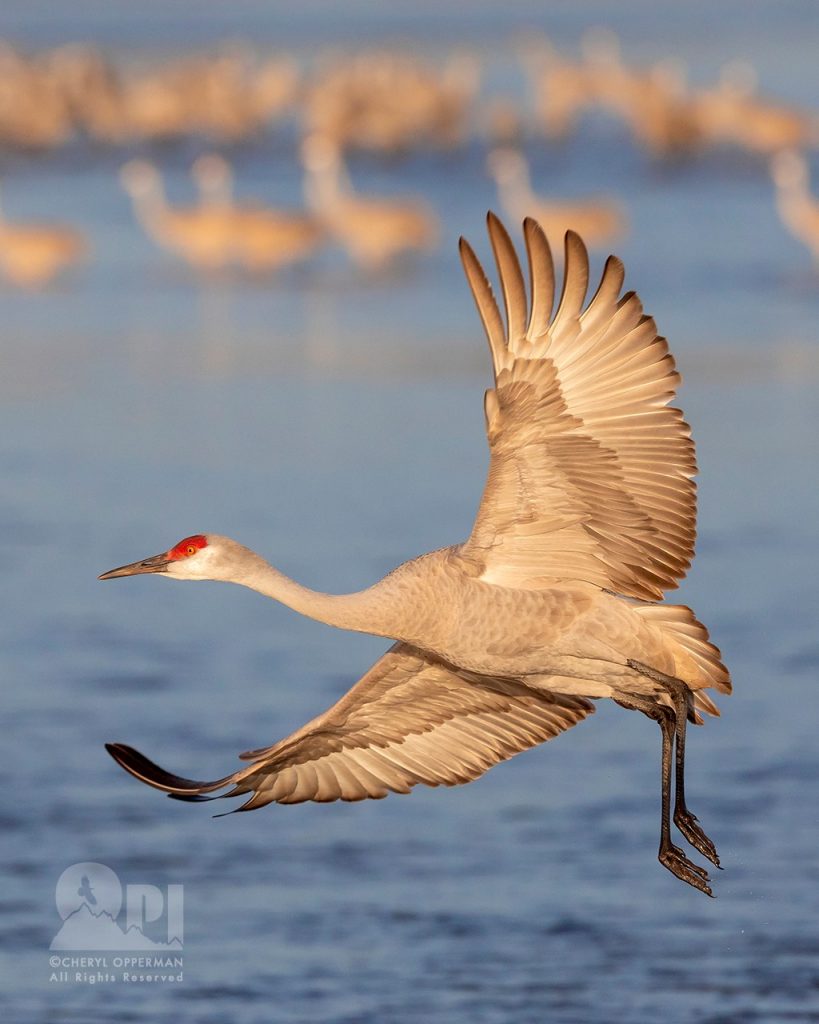
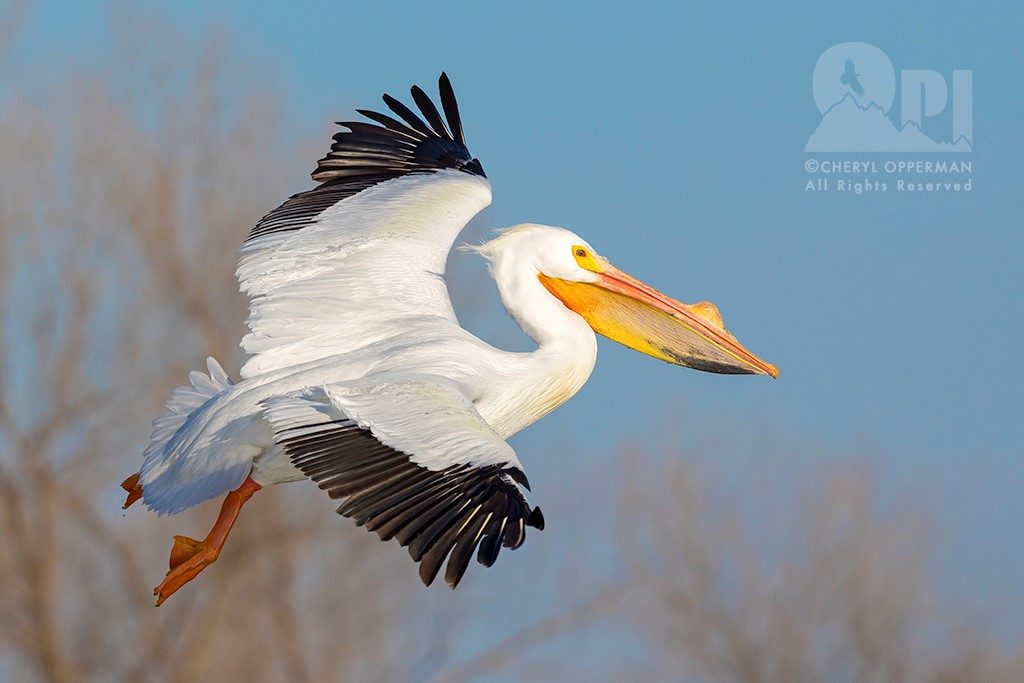
Local Parks, Zoos, Nature Centers & Your Own Backyard
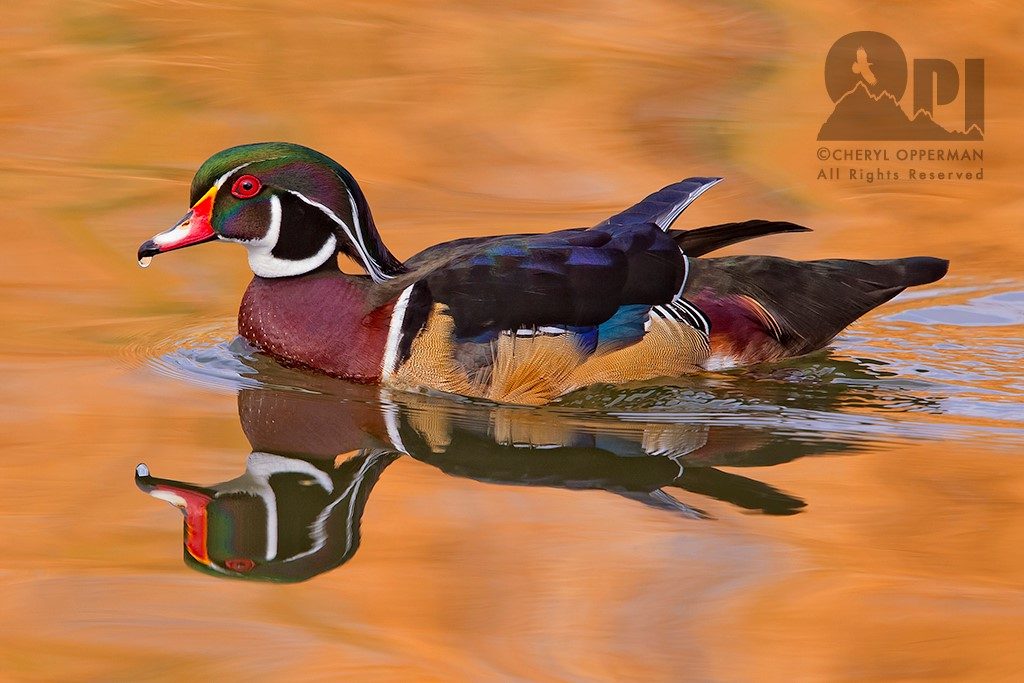
While it is nice to travel to far away destinations, some of the best bird photography opportunities may be in your own backyard. Urban birds are generally habituated to human presence and are much easier to capture at close range without disturbance or the use of blinds.
Setting up feeders in your own backyard and planting bird friendly flowers and native plants can attract a wide variety of species and also benefit the birds; however, any type of feeding must be done conscientiously and with good ethical practices. As wildlife photographers, our primary concern should be for the welfare of the species. Fortunately, when done correctly, feeding can be a win/win situation and result in some nice images. Before setting up your own feeders, be sure to reach out to reputable organizations or bird feed stores that can offer good advice on best practices and the proper types of food. Your local Audubon chapter is a great resource for this type of help.
Local parks and nature centers, are also wonderful places to find habituated birds in an urban environment. Birds in these types of settings are typically accustom to people walking along the trails, so as long as you stay within designated areas, use long lenses, and move slowly, you’ll often be able to photograph at a much closer distance than you would in the wilderness. Some nature centers put up their own feeders and some parks allow you to feed, but some don’t. So, PLEASE DON’T FEED BIRDS where it is not allowed and NEVER FEED BIRDS things like bread or potato chips. Foods that are not a part of their natural diet can do a tremendous amount of harm. Again, just check with park management before doing any feeding of your own and for other local rules that are designed to protect the wildlife.
Zoos typically have elaborate aviaries with diverse species from around the world. Zoos are wonderful places to capture close-up portraits. Be sure to watch your background carefully for distracting elements as you compose your shots. It can also be helpful to use a RRS monopod for added stability, rather than a tripod, given the limited amount of space.
Local birding organizations in your area may offer programs that give photographers unique access to birds that cannot be released into the wild due to imprinting or injuries. For example, at Denver Audubon’s Nature Center in Colorado, photographers can join the Raptor Photo Workshop for in-depth photo instruction and close access to birds from local raptor education organizations. These programs not only allow photographers to learn new techniques in a controlled setting that makes practice much easier, but also support two not-for-profit charities that are dedicated to educating the public, especially our youth, about the value of birds in various ecosystems. Photographers improve their skills and come away with wonderful images of several species, plus have access to the wild songbirds that visit the Center’s feeders.
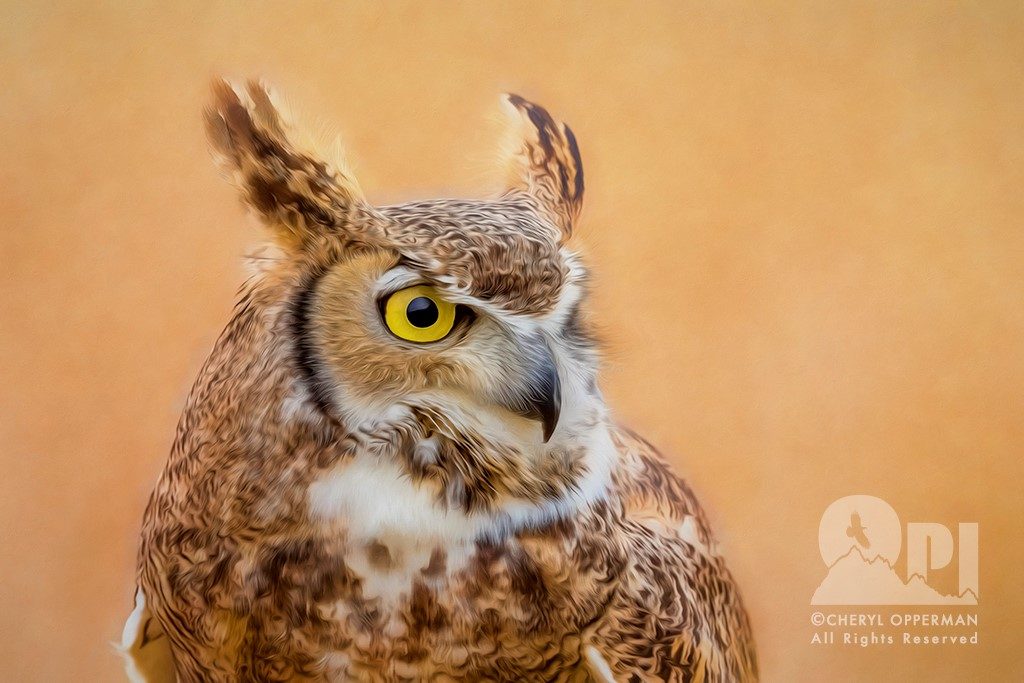
Where to go:
Look for opportunities in your own community, or take a trip to another city or state to discover the wide range of parks and programs available. Try a simple internet search or talk to local birding organizations, camera clubs, or birding stores for suggested locations. For the welfare of the birds, make sure zoos are accredited and organizations are properly licensed.
When to go:
For a list of accredited zoos and aquariums, visit the Association of Zoos & Aquariums website. Denver Audubon’s September/October Raptor Photo Workshop is planned after the molt at a time of year when the birds look their best. Each location and species is different, so do research based on where you want to go and what you want to photograph.
Species:
Waterfowl, shorebirds, songbirds, hummingbirds and raptors can be found in local parks and nature centers depending on your location. Zoos often have native and exotic birds. Educational raptors usually include kestrels, bald eagles, owls, falcons and hawks.
National Wildlife Refuges
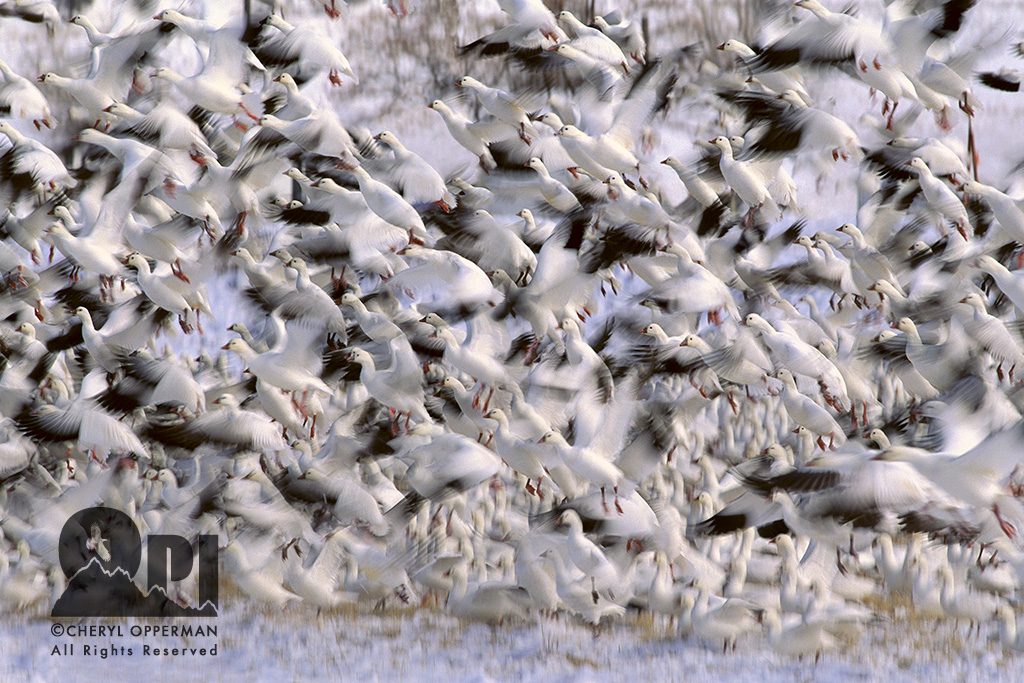
There are more than 560 National Wildlife Refuges in the United States, but to find one that will offer great photography is all about location and timing. Refuges located along a main migratory route are more likely to attract large numbers of birds, but going at the right time of year is critical. Migrations typically occur in the spring and fall, but what that means can vary dramatically based on the specific refuge. One of the easiest and best ways to time a trip is by planning your visit during or close to a birding festival. There are numerous festivals at or around National Wildlife Refuges across the country.
One of the best festivals for photographers is at Bosque Del Apache NWR in New Mexico. Thousands of birds, including snow geese, Ross’s Geese, and Sandhill Cranes winter at the refuge between mid-November and late January. Plenty of other species can be found as well and because Bosque has so many visitors, the birds are habituated and often very close to people standing along the roadways or shoreline of the refuge ponds. There are also several viewing platforms that offer photogenic vantage points. The long versions of RRS tripods are especially useful here as it is often necessary to extend one leg further down on uneven ground to keep the tripod at eye level (which makes panning with the birds in flight much easier).
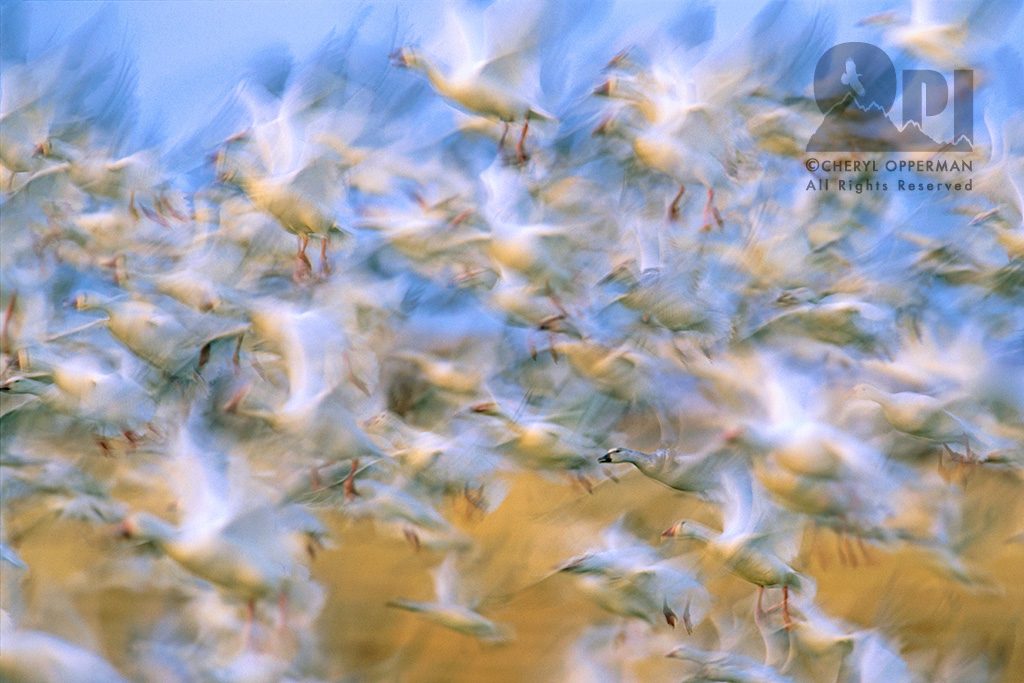
Where to go:
Visit the website for the National Wildlife Refuge System for a list of birding festivals. Information about each individual refuge, including Bosque De Apache, can also be found on the NWR site.
When to go:
Check with each location for the best time of year to visit. Although wintering birds reside at Bosque for several months, dates close to the festival in late November are typically an excellent time to go.
Species:
Check each refuge for a specific species list, but at Bosque Del Apache, you can expect to see snow geese, ross’s geese, sandhill cranes, pintail and other ducks, hawks, eagles, coots, quail, and roadrunners.
About Cheryl Opperman
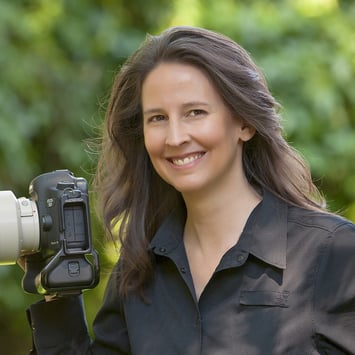
Cheryl Opperman is a nationally acclaimed nature photographer who has traveled to every continent in the world capturing spectacular images of nature, wildlife, and indigenous cultures.
Widely published, her photographs have appeared in print, on the web, on television, and in solo and group exhibits, resulting in a list of clients or credits which include The American Humane Association, Overseas Adventure Travel, The Denver Post, the National Geographic Society, and the Smithsonian National Museum of Natural History.
Cheryl’s aesthetic compositions, artistic use of light, and exquisite detail have been honored with several prestigious awards from organizations including The Earth Day Network, Nature’s Best Photography, the International Photography Awards, and the National Wildlife Federation. She was also featured as a leading female nature photographer by Outdoor Photographer Magazine and has appeared in on-camera interviews by 9News Denver, the Luminous Landscape, and Smithsonian Earth. Using the power of photography to inspire interest in the environment and other cultures, she has presented slide shows or classes on various topics to schools, camera clubs, the Intermountain Regional Headquarters of the National Park Service, the Crane Trust, and the North American Nature Photography Association. Cheryl is a 1992 honors graduate of Brooks Institute of Photography holding a Bachelor of Arts degree in Industrial/Scientific photography.
Contact Cheryl
info@cherylopperman.com
www.cherylopperman.com
303-829-9453
